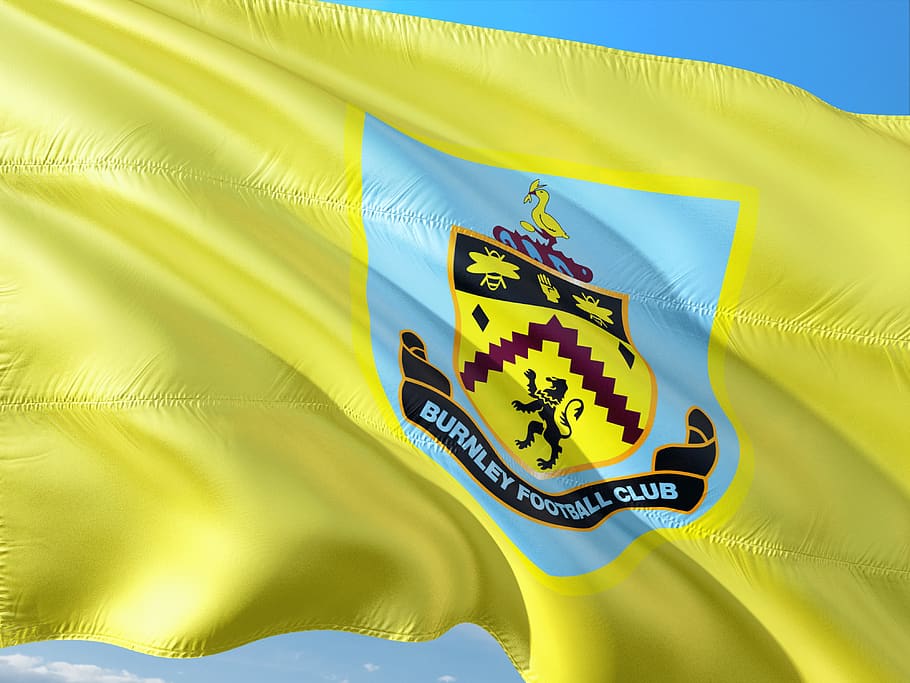
Do you enjoy the fantastic game of football? If yes, you should study Turf Moor, the home of Burnley Football Club in the Premier League. This historic stadium has been a part of Burnley’s history for over 130 years and has aided the club’s ascent to prominence. It’s witnessed some of the best moments in the club’s history, and you’ll learn about them and more as we delve into the Turf Moor-Burnley relationship. You’ll also get an exciting glimpse into the club’s future and what the future holds for Turf Moor.
So, join us as we discover the secrets of this historic stadium and learn about the connection between Burnley and Turf Moor.
History of the Stadium
Turf Moor has been Burnley’s home since 1883, and it has witnessed many highs and lows throughout its long history. The stadium has a capacity of slightly more than 21,000 people and is the world’s oldest professional football arena, having been in continuous operation since its inception. The current Turf Moor, which had been in use since 1855, was created in 1883 to replace the previous Turf Moor. The existing stadium has undergone several renovations, the most recent of which was the building of a new stand in 1994.
Burnley won the Football League First Division title in 1960 and the FA Cup in 1914 at Turf Moor. The club also gained promotion to the Premier League in 2009, which was a significant achievement for both the club and the stadium. Turf Moor’s atmosphere is believed to be one of the best in the league, with passionate fans cheering on their team.
Burnley’s Early Years

Burnley Football Club has had a long-standing connection with its home ground, Turf Moor, since its humble beginnings. The squad was founded in 1882 and originally played its matches on a strip of ground in Burnley’s Calder Vale. Following a great season, the team relocated to Turf Moor in 1883 and began playing there. The club immediately established itself as a popular team in the area, and the first official match at Turf Moor was staged in April 1886 versus Bolton Wanderers.
Turf Moor has hosted several important matches for the team over the years, including winning the league title in 1921 and the FA Cup in 1914. The stadium has also hosted some of Burnley’s most memorable successes, notably a 3-0 victory over Manchester United in 1960. The stadium has also witnessed the club’s ups and downs, such as their relegation from the first level in 1976. Turf Moor is still the club’s home and a source of pride for the community of Burnley. The stadium’s rich history has made it a symbol of the team’s commitment to the local community and its long-standing relationship with Turf Moor.
The Club’s Rise to Prominence
When you visit Turf Moor, a stadium famed for its rich history and deep connection with the club, you can sense the enthusiasm of the Burnley crowd. Following their first major trophy triumph in 1960, Burnley Football Club endured a period of prosperity and eventual relegation throughout the 1960s and 1970s. However, beginning in the 1980s, things began to improve.
The club was relegated to the English Football League’s First Division, putting them in the top flight of the English game. This was followed by a succession of cup campaigns, including reaching the FA Cup semi-finals in 1988 and the League Cup final in 1989. The club grew from strength to strength, eventually earning promotion to the newly established Premier League in 2009. The club’s success in the contemporary age has been extensively appreciated by fans, who proudly show their team’s colours at Turf Moor.
Turf Moor’s Role
When you visit Turf Moor, you can feel the deep connection between the team and its fans, as well as the significance it bears in Burnley’s history. The stadium is the town’s largest and has served as the home of Burnley Football Club since 1883. It is famous for the blue-and-white scarves that are spread throughout the stadium during games.
Turf Moor is a place of celebration and sadness, where the squad has had amazing wins as well as painful tragedies. Burnley fans, who have witnessed their team progress from the lower levels to the Premier League, are ecstatic. The stadium symbolizes the club’s strong bond with the community and serves as a reminder of the team’s long heritage.
The Future of Burnley
Looking ahead, Burnley is a town that is passionate about its team and proud of its rich heritage in the game. Turf Moor, the home of Burnley Football Club since 1883, is an important component of this. The club’s future seems bright now that they are playing in the Premier League.
The legendary stadium has been updated while retaining its beauty, making it an appropriate background for the team’s home matches. Turf Moor, in addition to boosting the local economy, is a source of immense pride for the people. It represents the town’s unwavering devotion to football and its unbreakable tie with Burnley FC. Turf Moor will always be at the heart of Burnley, even if the town’s future looks bright.
Conclusion
You’ve found out how Turf Moor has played an important role in Burnley’s history. Turf Moor has been a persistent presence in the club’s ascent from humble beginnings to prominence. It’s been a site of joy and celebration for the community, as well as a source of pride. It has been and will continue to be a symbol of achievement for Burnley. Congratulations on learning more about Turf Moor and Burnley; you now have a better understanding of this amazing past.









